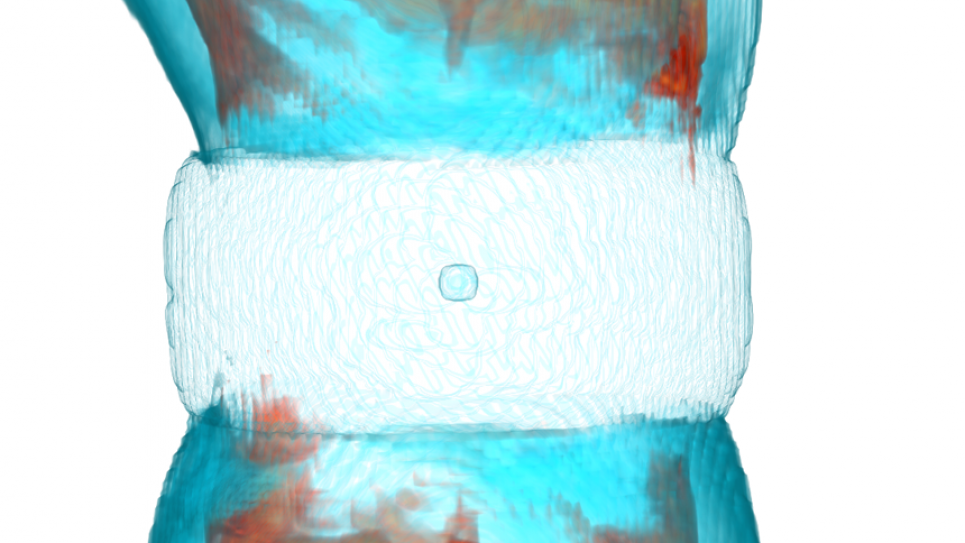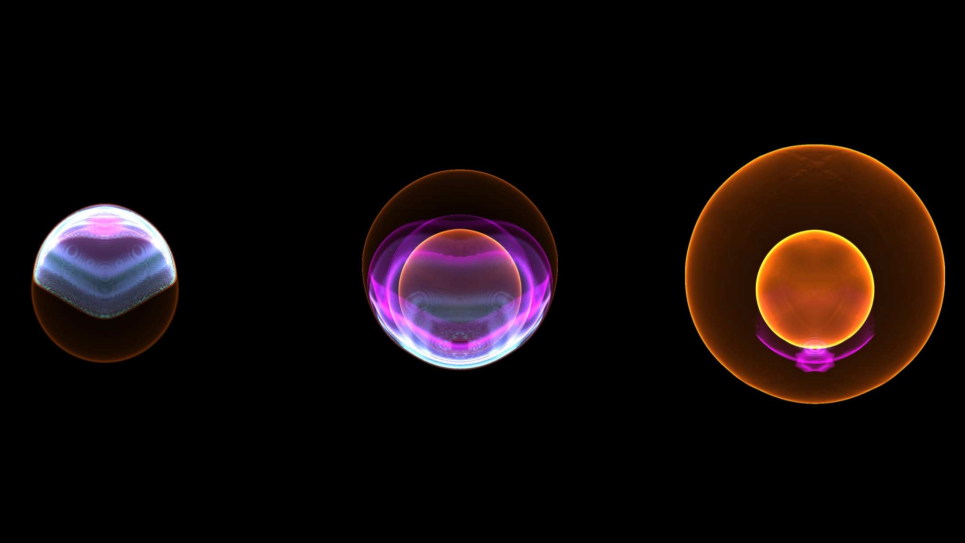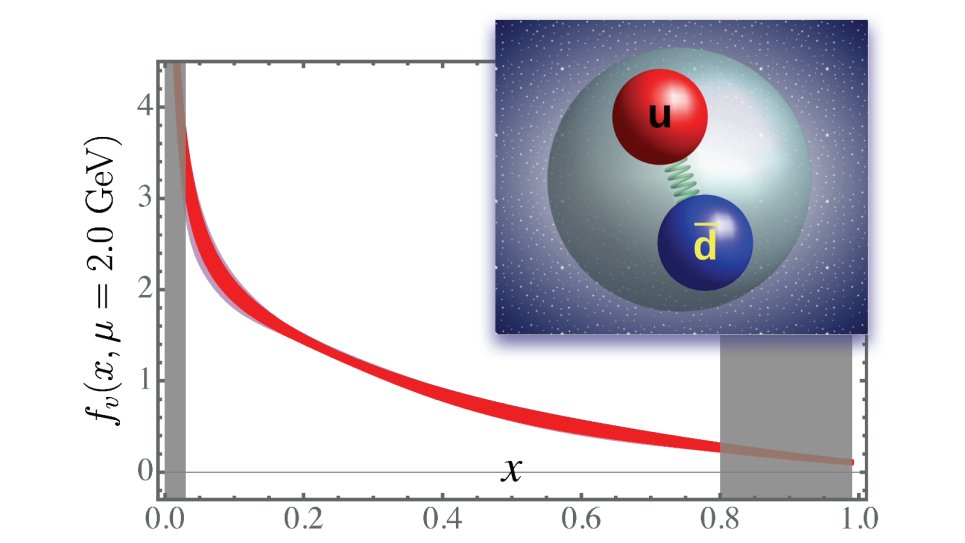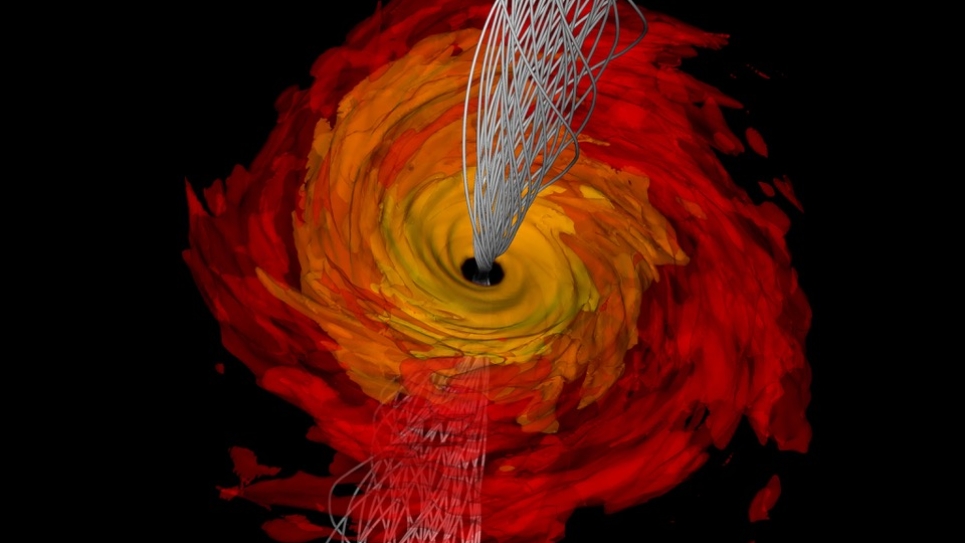
Petascale Simulation of Magnetorotational Core-Collapse Supernovae
Core-collapse supernovae (CCSNe) are the luminous explosions that herald the death of massive stars and serve as the source of origin for cosmic anomalies, such as neutron stars, pulsars, stellar-mass black holes, and, possibly, certain types of gamma-ray bursts. CCSNe produce many elements throughout the universe, especially those heavier than iron, thus, their importance in galactic chemical evolution cannot be underestimated.
Despite the importance of CCSNe to our understanding of many aspects of the universe, the mechanism that reverses stellar core collapse and drives supernova explosions is not fully understood, making it one of the most important challenges of computational astrophysics. Project researchers propose a comprehensive study of the impact of rotation and magnetic fields on CCSNe using the FLASH multi-physics, adaptive mesh refinement (AMR) simulation framework run on Mira. A series of 3D magnetohydrodynamics (MHD) simulations of the collapse of rotating, magnetic stellar cores will include realistic treatments for neutrino physics, progenitor rotation, and magnetic fields. And, ALCF’s leadership class resources will allow, for the first time, sufficient resolution to capture the growth of the magnetorotational instability.
Simulations will quantify how much rotational energy of the progenitor cores can be tapped to aid neutrinos in driving successful and robust explosions. They also will help predict the spins, kicks, magnetic-field strengths and alignments of newly-formed neutron stars, pulsars, and magnetars, as well as the dependence of these parameters on progenitor conditions.


